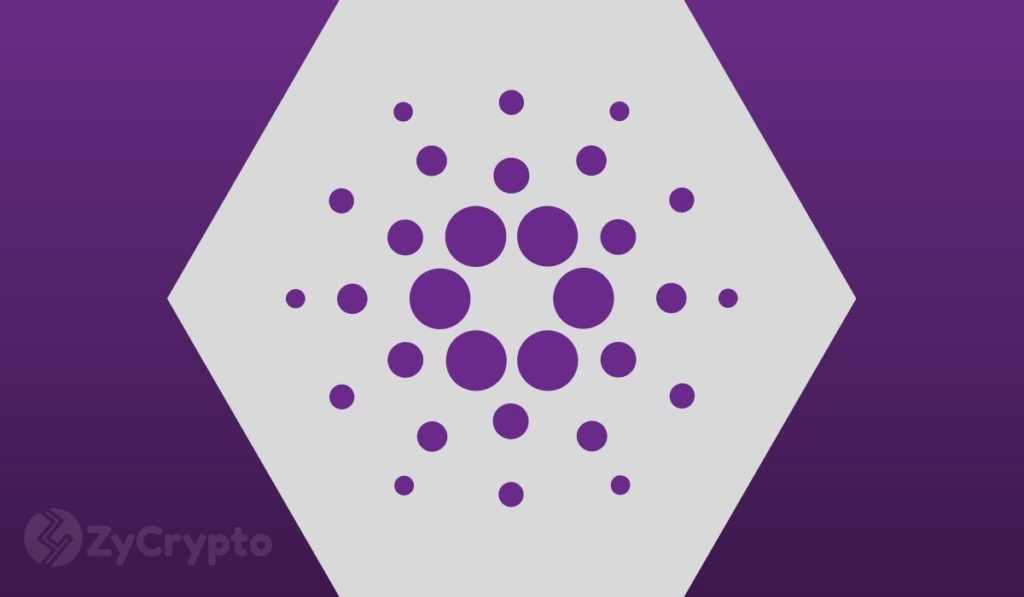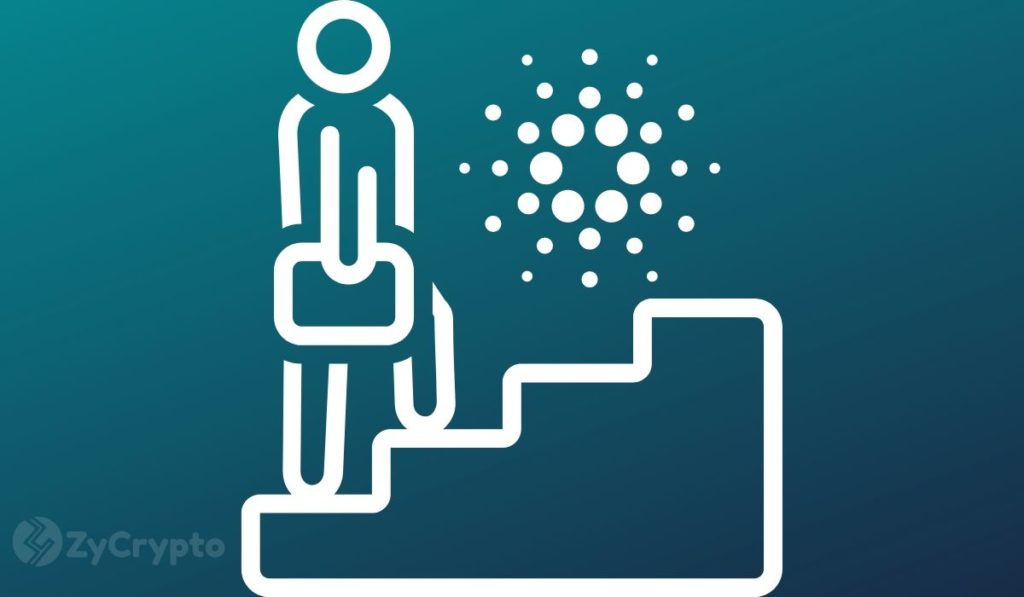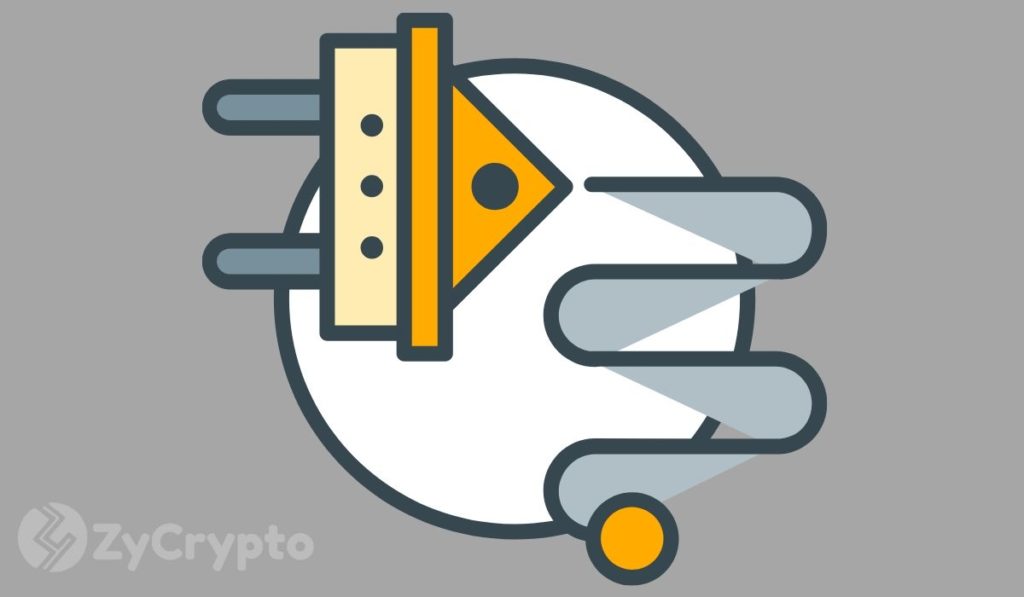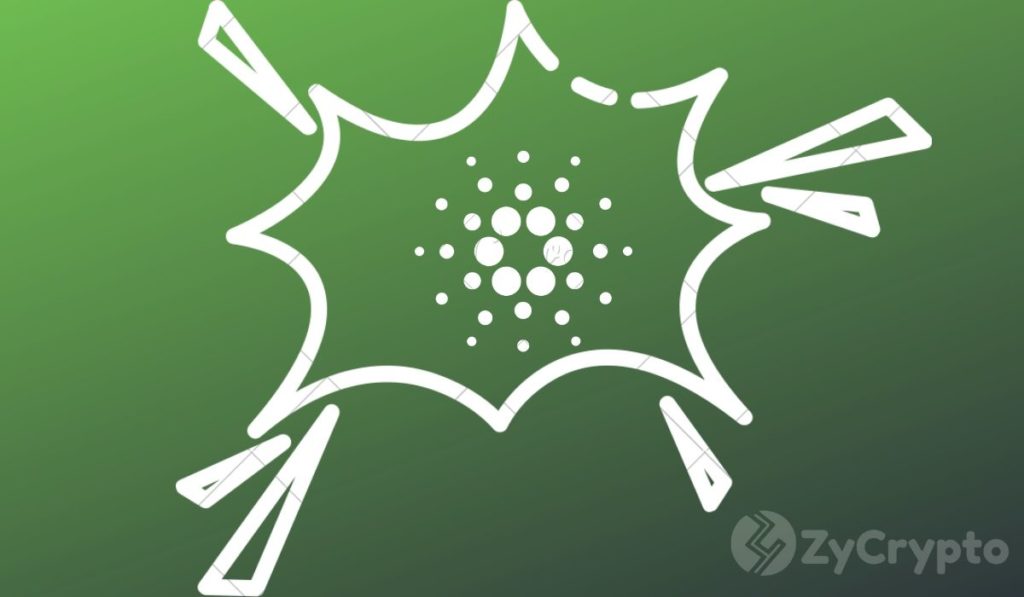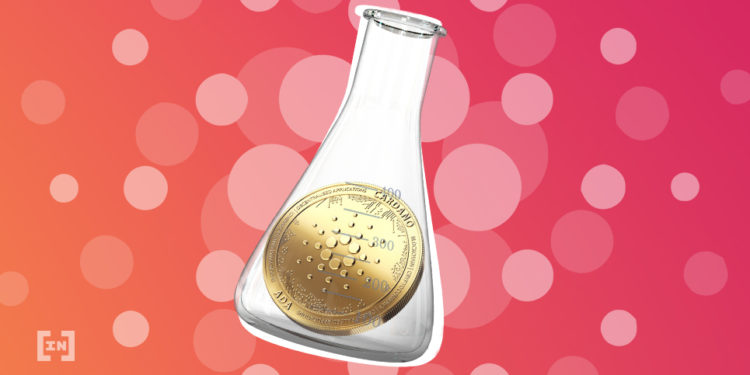2021-1-20 07:00 |
In his latest YouTube video, Charles Hoskinson, the CEO of IOHK, shared some of the updates scheduled to take place in the following weeks and months at Cardano, as well as the current state of development of the blockchain’s most important features and functionalities.
Take a look at what’s been going on behind the curtains at CardanoFew projects have managed to maintain the level of successful output Cardano did last year. The ambitious third-generation blockchain finally introduced its staking era after almost five whole years of development—an event that put IOHK into overdrive when it comes to releasing new functionalities of the blockchain.
With the first month of 2021 almost over, the company doesn’t seem to show any signs of stopping. The extended holiday season and unfavorable work conditions due to the ongoing pandemic haven’t slowed down IOHK and the teams working on Cardano, with a significant amount of work regarding Cardano’s smart contract era almost entirely done.
Charles Hoskinson, the CEO of IOHK, shared details about the progress made in the past several weeks in his latest YouTube video.
The biggest developments in the past few weeks have certainly been the release of the Cardano devnet and the launch of Fund3. Hoskinson focused more on the news about the new Project Catalyst fund in the video, saying that all information about the devnets will be covered in weekly or bi-weekly videos coming directly from IOHK.
The launch of Fund3 followed a hugely successful lifespan of Fund2, which saw 12 different entities receive funding for various projects on Project Catalyst. While the new fund will work exactly the same as the two previous ones, it will be much larger in scope—both in terms of the funds offered and community participation rate.
Testnets have always been a cornerstone of Cardano’s development, which is why IOHK is working on releasing the Plutus testnet very soon. Hoskinson said that Plutus will be the last of the testnets released for Cardano, which include the KEVM and IELE testnets. He also revealed his unorthodox plans for the testnet—namely, he plans on bringing aboard companies that would focus only on writing Plutus contracts. These companies, he explained, will receive no guidelines from IOHK or any of its partners and will be left to their own devices.
Hoskinson explained that this approach will be very effective at exposing any problems with the Plutus tooling. This way, the companies writing the Plutus contracts would be performing double duty—implementing the language and doing a security audit of the devnet.
When it comes to Prism, Cardano’s identity solution, Hoskinson said that the teams were currently busy doing compliance work. While he noted that this wasn’t necessary to ensure Prism was functional, it will enable business owners looking to utilize the solution to comply both with financial and security regulation in an easy and streamlined way.
The problem with scheduling the Goguen launchGoguen, the era of the Cardano blockchain set to unlock smart contract functionality, has been the focus of most of the company’s work since the launch of Shelley in July 2020.
However, launching Goguen is set to be a much more technically challenging feat for IOHK.
While Shelley represented a much more aggressive update to the protocol, Goguen will affect a significantly larger number of shareholders in the Cardano ecosystem. Aside from the people holding ADA, the update will bring massive changes to everyone from stake pool operators to partners utilizing the network and exchanges listing its native token.
“We have a lot of stuff we need to test,” Hoskinson said.
He explained that Goguen will be physically changing every transaction on the network, which is why the blockchain’s entire infrastructure needs to be carefully and thoroughly tested. Aside from providing the teams with the assurance of security and stability, the extensive testing is also set to appease Cardano’s many partners.
That’s why Goguen will be implemented through three different Hard Fork Combinator (HFC) events. The first event, called Allegra, took place on 16. Dec last year and saw the introduction of token locking. The second HFC event, according to Hoskinson, is scheduled for February this year and has most of the details behind it largely sorted out.
The third and final event set to bring Goguen live is yet to be scheduled.
Hoskinson said that he hopes the update will be able to go through sometime in the second quarter of the year, but added that he wasn’t sure whether this would be at the beginning or at the end of the quarter.
The very last chance IOHK will have to make sure everything is okay with Goguen is during the Plutus devnet, which is why it puts so much emphasis on the network. And it’s not just IOHK giving importance to the devnets—the Cardano community also seems to value the isolated developer playgrounds the company puts out.
During the AMA, dozens of questions about the technicalities of these devnets were asked, with the most popular topic by far being the KEVM. The Ethereum Virtual Machine (EVM) running on Cardano implements the K-verification process, making it possible for developers in Cardano to write dApps in Solidity, Ethereum’s native programming language.
According to Hoskinson, KEVM is currently running on the devnet, but there are plans to release it as a full chain that runs alongside Cardano. However, the network will need to launch a CIP to decide on when to go through with this process as it requires a fair amount of preparation. Hoskinson’s goal is to launch KEVM in the second quarter of the year as well. He did note, however, that the exact launch date will depend on how fast the work on Plutus integration is being done. This makes it more likely that KEVM will launch after the third HFC event.
A positive outlook on the future of crypto regulationThe massive structural change coming to U.S. politics with the arrival of the Biden administration has left a large part of the crypto industry worried. With the heads of most regulatory agencies set to change with the new administration, the future of crypto regulation seems rather blurry at the moment.
Hoskinson, however, doesn’t seem worried about it.
When asked what he thought of the newly appointed head of the U.S. Securities and Exchange Commission (SEC), Gary Gensler, he gave a refreshingly positive outlook. He explained:
“The way that the SEC is currently structured, I honestly believe that it is probably in a productive positive dialogue with the entire industry.”
He believes that there is currently no indication that the new establishment will bring about an anti-crypto SEC, especially given Gensler’s background. A former MIT professor on crypto and blockchain technology, Gensler is hugely competent and has a deep understanding of the industry, Hoskinson said.
His worries about the future of the industry lie with the structure of SEC’s laws, not the people running the agency. He explained that the biggest problem the Commission has is having “too large of a hammer.”
Current securities laws are too broad and force the Commission to punish entire networks and their user bases instead of the individuals that have facilitated behaviors it sees as illegal. He illustrated this with the example of Ripple, which recently found itself at the receiving end of SEC’s many lawsuits.
“If securities laws were slightly different, there could have been a reality where they could have punished Chris [Larsen] and Brad [Garlinghouse] at XRP without trying to say that XRP is a security.”
According to Hoskinson, this approach would accomplish two important things—it would be much easier for the SEC to implement and would not harm XRP investors overall.
Gensler’s arrival at the Commission has the potential to change this, he said, as he believes that he’ll be more capable of working with the administration to find a healthy compromise when regulating the crypto industry.
The post What the first half of 2021 will look like for Cardano (ADA) appeared first on CryptoSlate.
origin »Cardano (ADA) íà Currencies.ru
|
|
